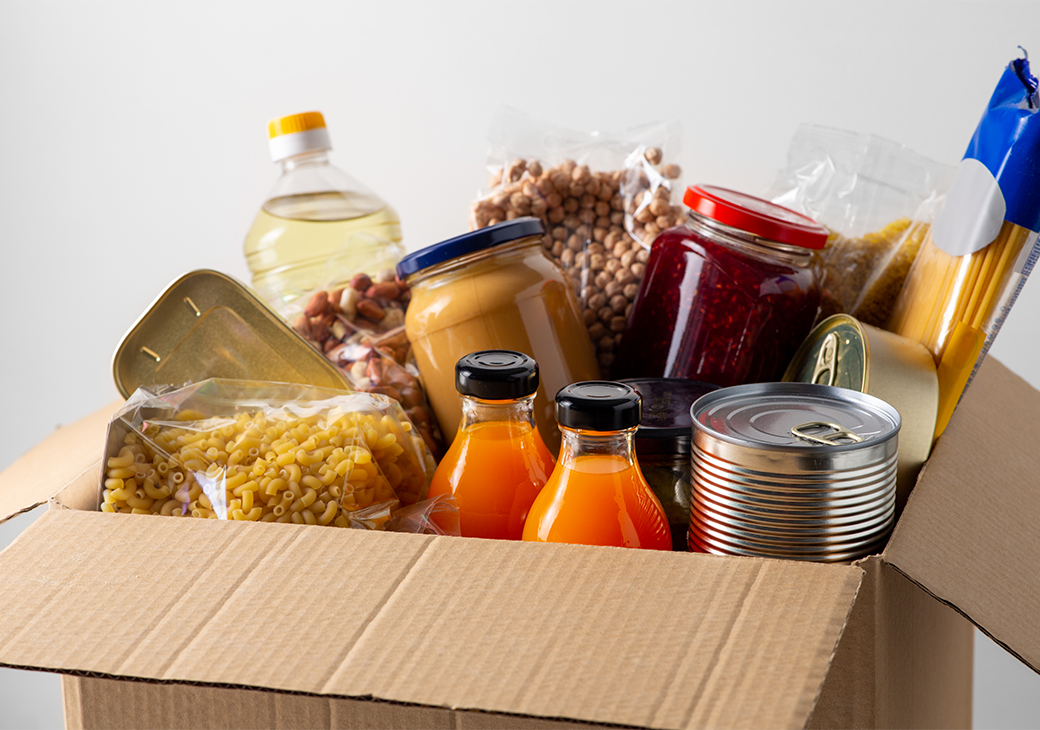When shopping for groceries, it’s easy to be drawn in by attractive packaging and bold health claims. But the real story lies in the nutritional information on the back of the package. Understanding food labels can help you make healthier choices, manage your diet, and avoid misleading marketing tactics.
1. The Nutrition Facts Label: What It Tells You Most packaged foods have a Nutrition Facts Panel that provides important details about the product. Here’s what to look for: Serving Size – This tells you the portion the nutritional values are based on. Be careful—many packages contain multiple servings! Calories – This indicates the amount of energy you get per serving. Keep an eye on this if you’re tracking calorie intake. Macronutrients – The amounts of carbohydrates, proteins, and fats are listed. Look for unsaturated fats and fiber while limiting added sugars and trans fats. Micronutrients – Key vitamins and minerals, such as calcium, iron, and potassium, may be listed. Choose products that contribute to your daily nutrient needs.
2. Understanding Ingredient Lists Ingredients are listed in descending order by weight. The first few items make up the bulk of the product. Some things to watch for: Hidden Sugars – Sugar can appear as high-fructose corn syrup, cane sugar, dextrose, or maltose. Unhealthy Fats – Avoid partially hydrogenated oils, which indicate trans fats. Artificial Additives – Some preservatives and artificial flavors may have negative health effects.
3. Decoding Health Claims Food packaging often highlights claims like: “Low-fat” – May still be high in sugar or sodium. “Natural” – Doesn’t always mean healthy; the term is not strictly regulated. “Organic” – Refers to how food is grown, but it doesn’t guarantee it’s lower in calories or sugar.
4. Tips for Smarter Shopping Compare different brands to choose the most nutritious option. Opt for whole foods whenever possible, as they have fewer additives. Be mindful of portion sizes to avoid accidental overeating. By learning how to read nutritional labels effectively, you can make informed food choices that support a balanced and healthy lifestyle. Next time you shop, take a moment to check the label before adding an item to your cart!


